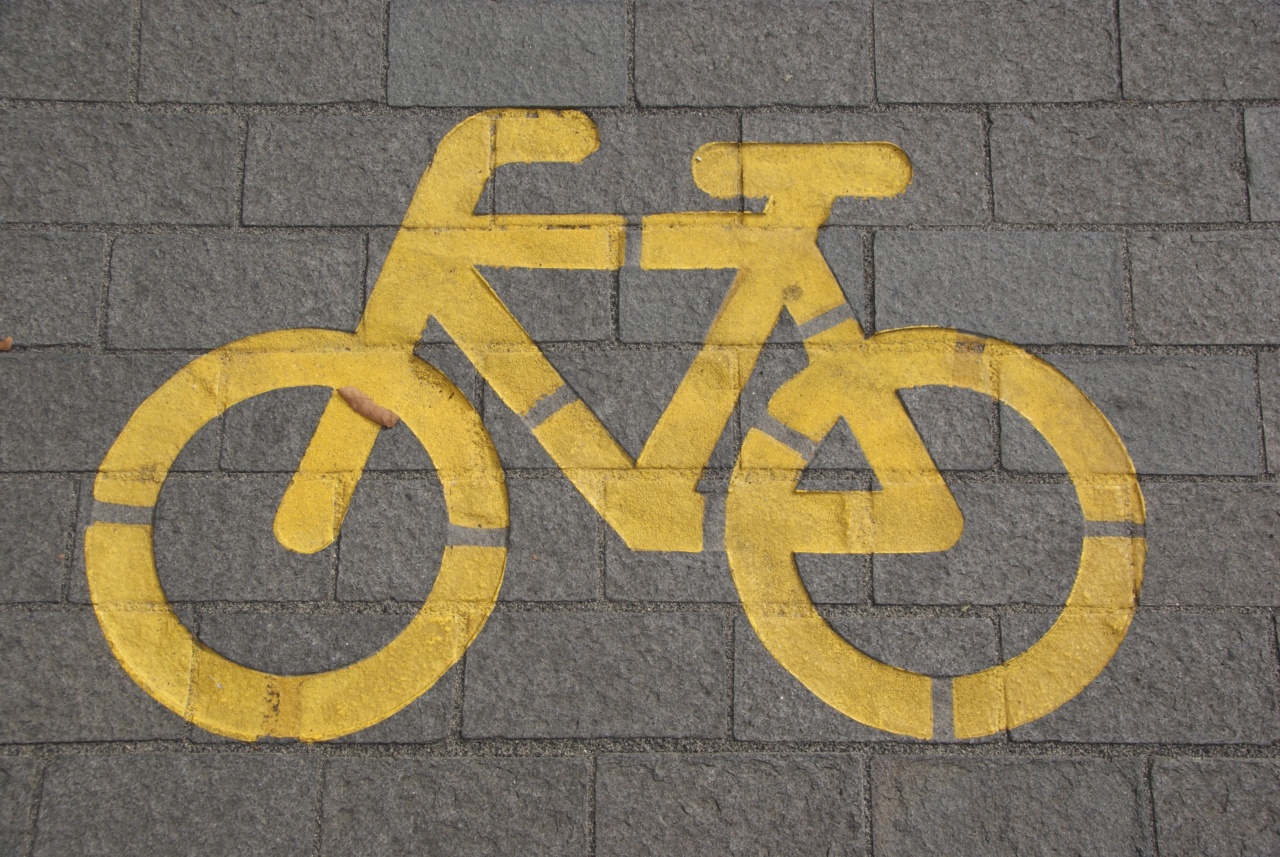A mini stroke, also known as a transient ischemic attack (TIA), is a temporary interruption in the blood flow to the brain. It is often a warning sign that there is an increased risk of a full-blown stroke in the near future.
While a mini stroke may not cause any permanent damage, it is essential to recognize the signs and seek immediate medical attention.
Signs and Symptoms of a Mini Stroke
Recognizing the signs and symptoms of a mini stroke is crucial as it can help you take the necessary steps to prevent a stroke from occurring. Here are some common signs to watch out for:.
1. Sudden Weakness or Numbness
One of the most common signs of a mini stroke is sudden weakness or numbness in the face, arm, or leg, typically on one side of the body. You may find it difficult to move these body parts or may experience a tingling sensation.
2. Trouble Speaking or Understanding
A mini stroke can also affect your ability to speak or understand speech. You may experience slurred speech, have difficulty finding the right words, or not understand what others are saying to you.
3. Loss of Balance or Coordination
If you suddenly have trouble with balance or coordination, it could be a sign of a mini stroke. You might stumble, have difficulty walking, or feel dizzy without any apparent cause.
4. Blurred Vision
A mini stroke can cause sudden vision problems, such as blurred vision or a complete loss of vision in one or both eyes. These visual disturbances may last only a few minutes and then disappear.
5. Severe Headache
A sudden, severe headache with no known cause could indicate a mini stroke. This headache may be accompanied by dizziness, vomiting, or altered consciousness.
6. Confusion or Memory Loss
During a mini stroke, you may become confused or experience memory loss. You might struggle to recall recent events or have difficulty understanding what is happening around you.
7. Facial Drooping
Similar to a full-blown stroke, a mini stroke can cause one side of your face to droop. This drooping may be temporary and disappear within minutes or hours.
8. Fatigue or Weakness
Feeling excessively tired or experiencing unexplained weakness could be a warning sign of a mini stroke. This fatigue may not be relieved by rest and may affect your ability to perform everyday tasks.
9. Nausea or Vomiting
While nausea and vomiting can have various causes, they can also be symptoms of a mini stroke. If you experience these symptoms suddenly and without any other apparent reason, it is essential to seek medical help.
10. Difficulty Swallowing
A mini stroke can also affect your ability to swallow. You may have trouble swallowing food or liquids and may experience choking sensations.
When to Seek Medical Help
If you experience any of these signs or symptoms, it is crucial to seek immediate medical attention. Do not ignore them, even if they go away quickly.
Remember, a mini stroke can be a warning sign of an impending stroke, and prompt medical intervention is vital.
Reducing the Risk of a Mini Stroke
While a mini stroke cannot always be prevented, there are several lifestyle changes you can make to reduce your risk:.
1. Control High Blood Pressure
High blood pressure is a significant risk factor for strokes and mini strokes. Follow a diet low in sodium, exercise regularly, and take prescribed medications to keep your blood pressure in check.
2. Quit Smoking
Smoking contributes to the narrowing of blood vessels and increases the risk of blood clots. By quitting smoking, you can substantially reduce your risk of a mini stroke and other cardiovascular diseases.
3. Maintain a Healthy Weight
Being overweight or obese increases the risk of high blood pressure, diabetes, and high cholesterol, all of which can lead to mini strokes and strokes. Adopt a healthy eating plan and engage in regular physical activity to maintain a healthy weight.
4. Manage Diabetes
Diabetes can damage blood vessels over time, increasing the risk of mini strokes and strokes. Keep your blood sugar levels under control through a healthy diet, regular exercise, and appropriate medication.
5. Exercise Regularly
Engaging in regular physical activity can help lower blood pressure, improve blood circulation, and reduce the risk of mini strokes. Aim for at least 150 minutes of moderate-intensity aerobic exercise per week.
6. Eat a Healthy Diet
Aim for a diet rich in fruits, vegetables, whole grains, lean proteins, and healthy fats. Avoid excessive salt, saturated fats, and processed foods, as they can increase the risk of high blood pressure and mini strokes.
7. Limit Alcohol Consumption
Excessive alcohol consumption can raise blood pressure and contribute to the development of various cardiovascular conditions. Limit your alcohol intake to moderate levels or avoid it altogether.
8. Manage Stress
Chronic stress can contribute to high blood pressure and other risk factors for strokes. Find healthy ways to manage stress, such as practicing relaxation techniques, exercising, or engaging in hobbies.
9. Take Medications as Prescribed
If you have conditions such as high blood pressure, high cholesterol, or atrial fibrillation, take your prescribed medications regularly. These medications can help lower your risk of mini strokes when taken as directed by your healthcare provider.
10. Get Regular Check-ups
Regular check-ups with your healthcare provider can help identify and manage risk factors for mini strokes and strokes. Stay on top of your health by scheduling routine appointments and following your doctor’s recommendations.































